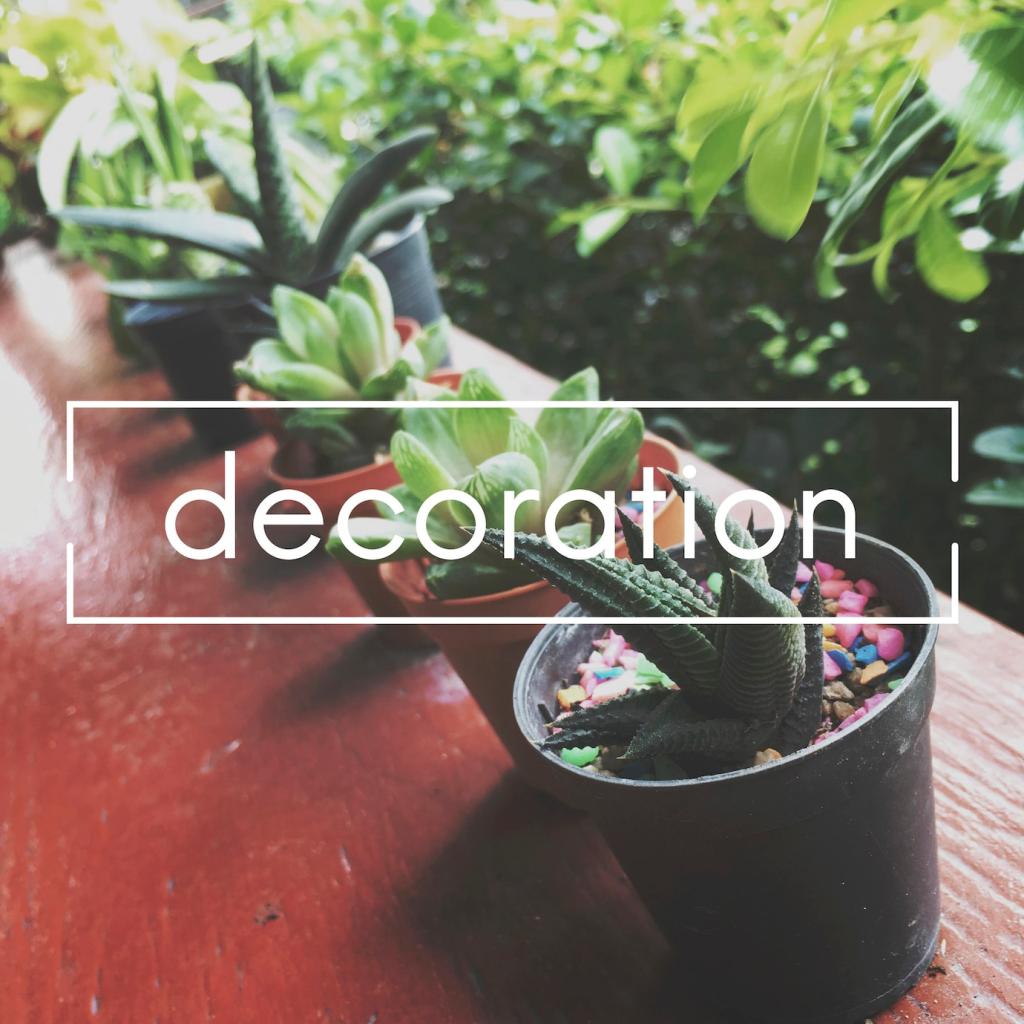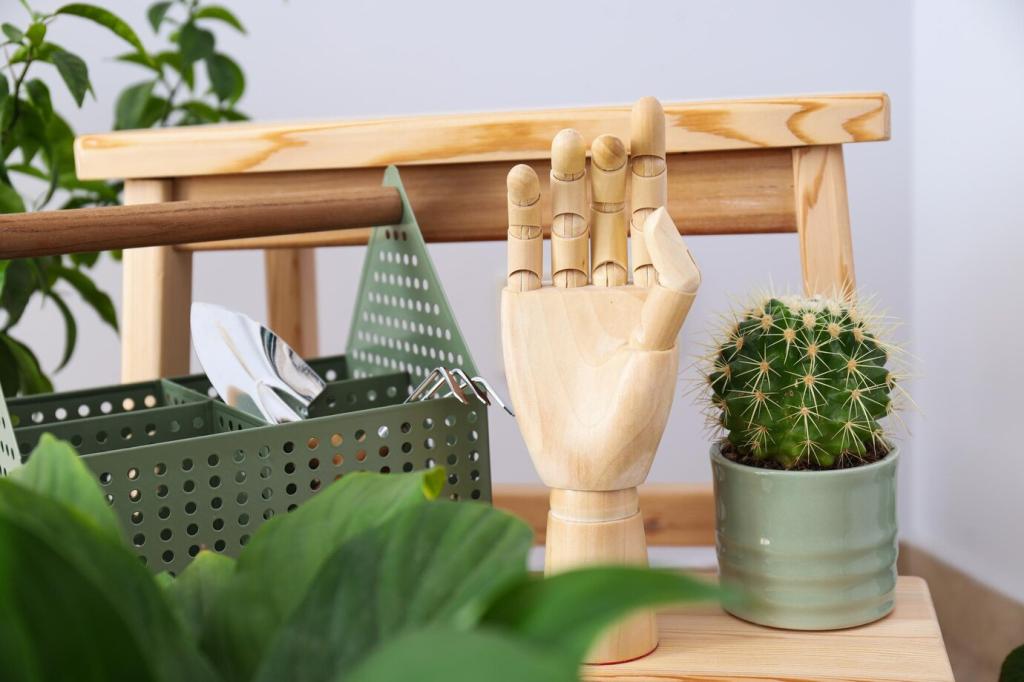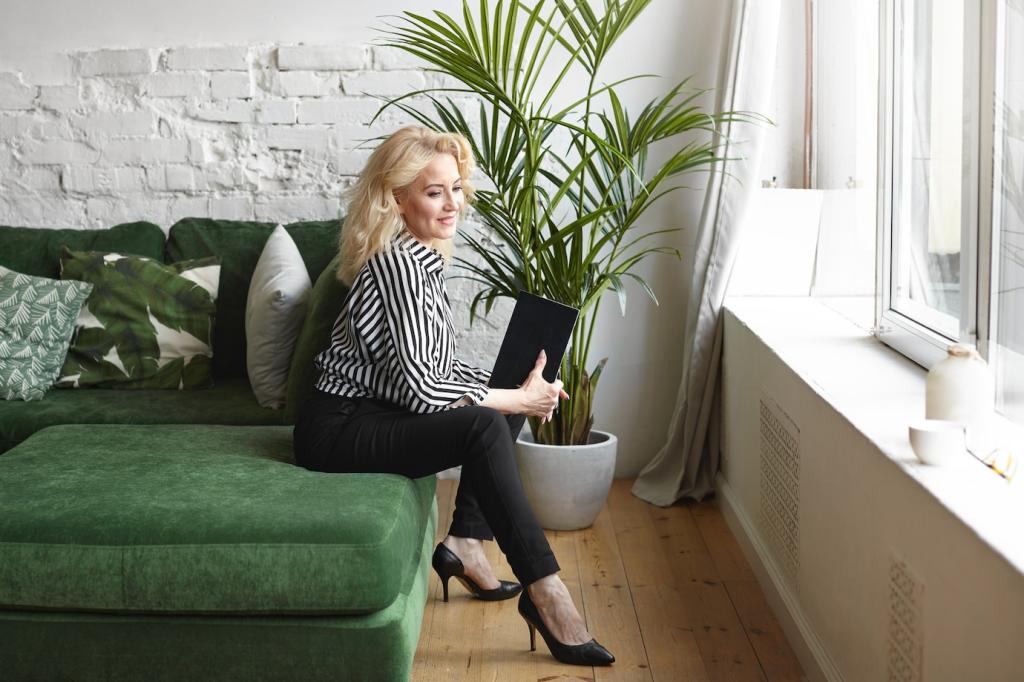Chosen theme: Cork Interior Design Ideas. Step into a home that feels quieter, warmer, and unmistakably personal. Explore inspired ways to use cork—from floors to feature walls—and join our community for tips, stories, and fresh ideas.
Why Cork Belongs in Contemporary Homes
Sustainability You Can See and Feel
Harvested from the bark of cork oak trees without cutting them down, cork regenerates naturally and supports biodiverse forests. Choosing cork means choosing a renewable material with a light environmental footprint and long-lasting charm.

Flooring with Character: From Planks to Herringbone
Floating Planks for Fast Transformations
Click-lock cork planks install quickly over prepared subfloors, making weekend refreshes realistic. The result is a forgiving, cushioned surface that feels soft yet stable, even in busy living areas and work-from-home corners.
Glue-Down Tiles for Precision and Durability
In high-traffic zones or detailed layouts, glue-down cork tiles offer superb stability. With careful layout and edge attention, you can achieve precise seams and patterns that look tailored and timeless.
Herringbone, Borders, and Creative Inlays
Lean into cork’s texture by arranging planks in herringbone or by framing rugs with subtle borders. Inlays create visual flow between rooms and spotlight cherished furniture without stealing the scene.
Transform a cork accent wall into a living gallery for notes, art prints, and travel mementos. Swap pieces seasonally to keep your space feeling fresh, personal, and meaningfully curated.

Kitchens and Baths: Smart Sealing, Stunning Results
Moisture Management Done Right
Use water-based, low-VOC sealers and maintain edges carefully to help protect cork from splashes. Strategic mats and promptly wiping spills keep the finish pristine, while preserving cork’s warm touch.
Backsplashes and Feature Niches
Sealed cork tiles can elevate backsplashes or niche walls with unexpected texture. The result is a gentle, tactile backdrop that beautifully frames copper cookware, greenery, or artful ceramics.
Comfort Underfoot for Long Prep Sessions
Hours in the kitchen feel easier on cushioned cork. Its gentle give reduces fatigue during chopping and baking marathons, encouraging creativity without the distraction of tired feet.
Color, Texture, and Pairings that Sing
Earthy Neutrals for Daily Serenity
Natural cork tones harmonize with creams, sage greens, and soft grays. The palette sets a calm rhythm, letting sunlight, shadows, and simple silhouettes become the stars of your rooms.
Bold Dyes and Graphic Patterns
Dyed cork veneers introduce rich clay reds, deep blues, or charcoal accents. Pair them with clean-lined furniture and minimalist art to highlight the contrast between organic texture and modern geometry.
Material Mixes: Cork with Stone, Metal, or Linen
Combine cork with brushed brass, honed limestone, and nubby linen to create layered tactility. Each material contributes a distinct temperature, making rooms feel both curated and incredibly comfortable.

Preparation is Everything
Level subfloors, acclimate materials, and plan layouts before opening adhesive. For walls, ensure clean, dry surfaces and mark reference lines; precise preparation makes finishing touches look effortless.
Low-VOC Products for Healthier Homes
Choose low-VOC adhesives, primers, and sealers to protect indoor air quality. The payoff is a space that feels as good as it looks—fresh, breathable, and ready for everyday life.
Simple Maintenance, Lasting Beauty
Sweep gently, mop lightly, and reseal as needed. Felt pads under furniture and rugs with breathable backings protect the finish, preserving cork’s natural glow and soft, welcoming feel.

A Real-Life Transformation: The Quiet Apartment
Hard floors looked sleek but magnified every step and street sound. Winter mornings felt chilly, and conversations ricocheted off surfaces, making movie nights surprisingly exhausting.
